“We spent four years getting the Abortion Act passed, and the next 50 years defending it,” Dilys Cossey, one of the pioneers of UK abortion law reform, says when asked to reflect on her campaigning work in the 1960s.
As a member of the Abortion Law Reform Association (ALRA), Cossey, along with Diane Munday, Madeleine Simms, Vera Houghton, and Alistair Service, campaigned throughout the mid-’60s for abortion rights. They worked to raise awareness that women were already having abortions illegally – many dying as a result – as well as lobbying politicians to legislate for safe, legal abortion.
“We were in a time of reform,” Cossey tells BuzzFeed News ahead of the act’s anniversary. “You look at what that parliament did in the ’60s: There was abolition of capital punishment, partial decriminalisation of homosexuality and abortion – the lot.
“It was as though a cork had come out of the bottle.”
But as campaigners mark five decades since the passing of the groundbreaking law that brought abortions in England, Scotland, and Wales out of the backstreets and into a safe, clinical setting, campaigners like Cossey and her modern-day counterparts, as well as MPs, charities, and medical practitioners, are no longer focused on protecting abortion law from attacks by anti-abortion campaigners, who have repeatedly sought to tighten its restrictions.
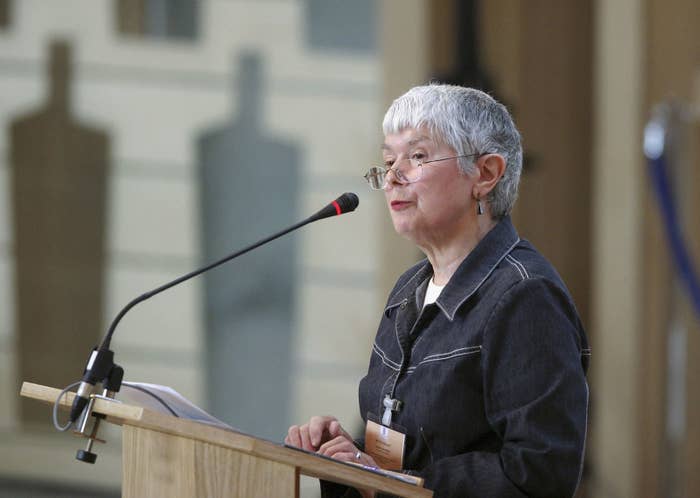
Now they are calling for a complete overhaul of the law, seeking to replace criminal sanctions with medical regulation that would grant greater autonomy to the 1 in 3 women who will choose to end a pregnancy in their lifetime. Prior to this year’s general election, Labour MP Diana Johnson won cross-party support for her abortion decriminalisation bill, which she now plans to get back on the agenda in the new parliament. Medical bodies including the Royal College of Obstetricians and Gynaecologists (RCOG), the Royal College of Midwives, and the British Medical Association also support the removal of criminal sanctions from abortion.
The relatively recent advancement of early medical abortion, which accounted for 62% of terminations in England and Wales in 2016, has made the procedure safer and easier than ever, but the current law, which was developed long before the drugs began to be widely used in the 1990s, places tight restrictions on where they can be taken and who can administer them.
“Abortion has become an almost normal part of women’s healthcare,” Cossey says. “The fact that the Abortion Act is so old shows that it needs a revision.”
The UK’s abortion law was written in 1861 and states that a woman who seeks to “procure her own miscarriage” using “any poison or other noxious thing”, or “any instrument or other means whatsoever”, faces life imprisonment. Fifty years ago, on 27 October, the passage of an amendment put forward by MP David Steel – the Abortion Act 1967 – meant that “a person shall not be guilty of an offence under the law relating to abortion” if two doctors can agree that up to 24 weeks, a pregnancy would pose a greater risk to the mother's physical or mental health, or to that of her existing children or family. After 24 weeks doctors are permitted to end a pregnancy that could pose a risk to the mother’s life, or there is a substantial risk that the child will be born with severe physical or mental impairments.
So while a woman cannot be prosecuted if her pregnancy is ended according to those criteria, abortion in the UK is still technically a criminal act. The 1967 act was also never extended to Northern Ireland, where health is a devolved issue, meaning the original 1861 law still applies to women there, although funding for Northern Irish women to access abortion free of charge on the NHS elsewhere in the UK has recently been secured.
“At least women get safe abortions now, and that’s something,” Cossey says.
When Cossey began campaigning with ALRA in the mid-1960s, safety was at the centre of the argument for granting women legal access to terminations.
“It was powerful because it was to do with saving lives and improving health. It was a very compelling argument,” she tells us.
During the 1960s you had to be married to easily obtain contraception from a family planning clinic, or rely on men to buy condoms – “we used to call it the ‘sheath’,” Cossey remembers – which could only be bought in some chemists or barbershops. “There were suppositories that you shove up yourself, but I used them once and they stung, so I thought that’s not much good,” she says. “It was pretty primitive.”
Desperate times usually led to desperate measures for women who wanted to have sex but had no desire to become pregnant. “I remember sitting in a hot bath knocking back the gin when my period was late,” Cossey says. “It wouldn’t have worked anyway, but you just thought you had to do something.”
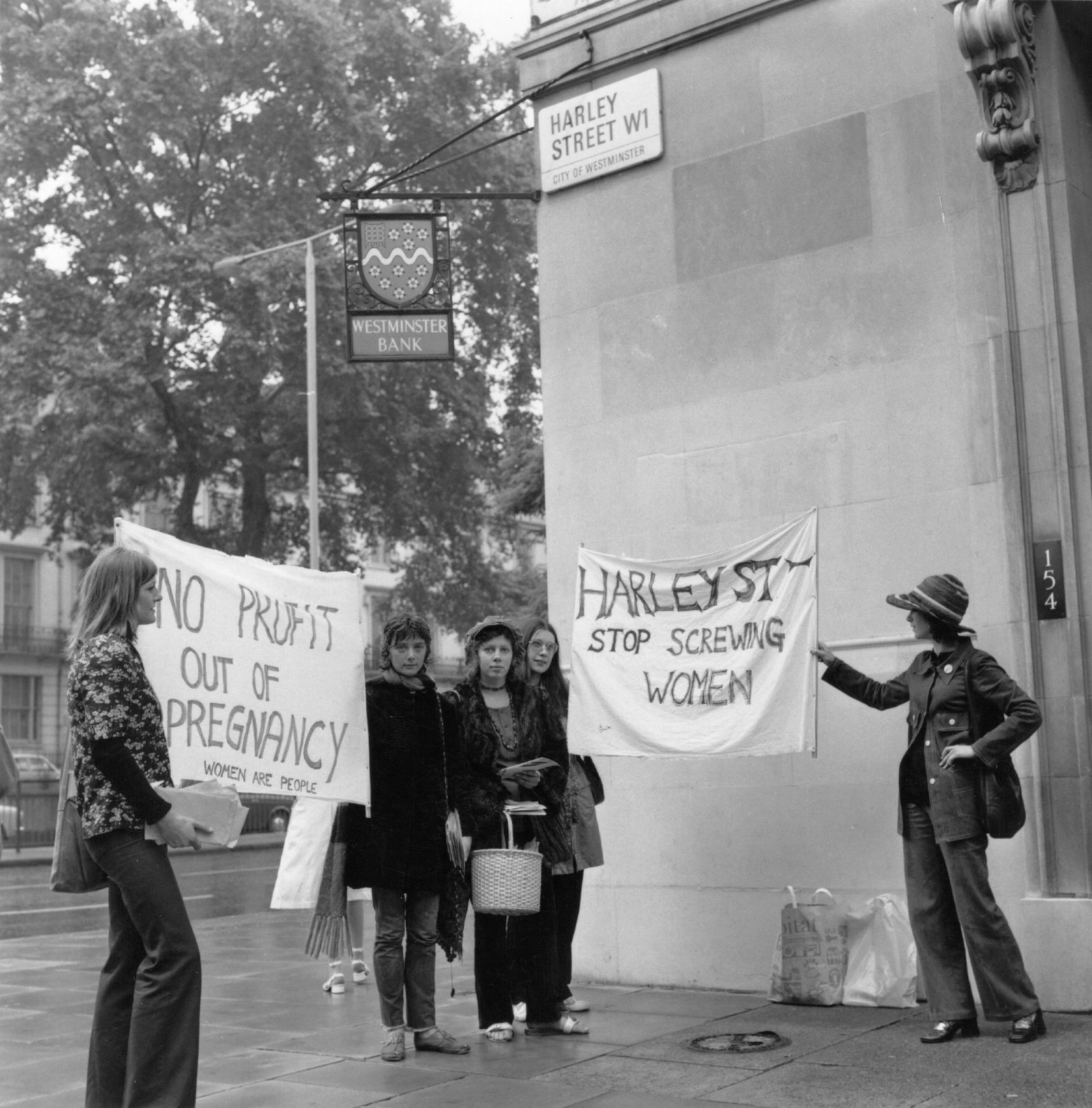
Many women found themselves having to do something far more extreme. Between 1961 and 1963, when Cossey joined ALRA, 55% of maternal deaths were as a result of illegal abortions. Historical interview transcripts held in the RCOG archives include descriptions of pregnant women inserting soap, disinfectant, or knitting needles into their vaginas to bring on a miscarriage. “I nearly died because she did it with needles and I was in agony,” Ivy Durnford told an RCOG interviewer in 1992, describing an illegal abortion she had in the 1930s that led to her being hospitalised for heavy bleeding. Durnford survived, but many bled to death or were killed by septic shock from injuries caused by non-sterile instruments.
“Abortion will always exist; it’s a question whether it’s safe and legal, or illegal and unsafe and women die,” Cossey said.
Despite it being common knowledge that many women would obtain illegal abortions – either by dangerous means or, for richer women, by paying off doctors who would be willing to find grounds on which they could perform abortions at private clinics – the subject was never talked about.
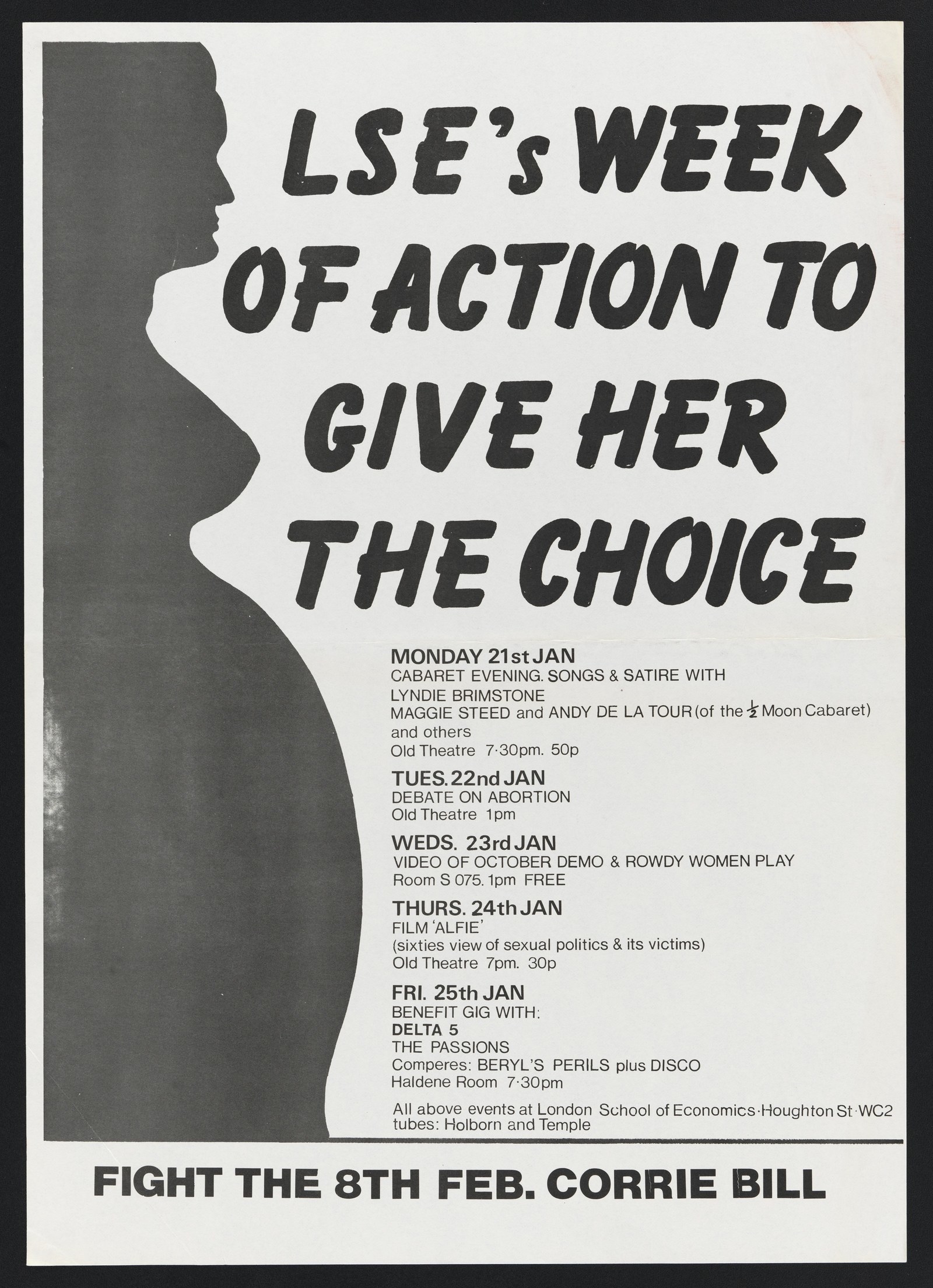
Cossey remembers an anecdote told to her in the ’60s by a nurse at the Family Planning Association, who she describes as being at the “coalface” of women’s sexual health.
“One woman came in saying she’d had four children, and she’d had a miscarriage every year between having each child. Sylvia, who was the woman concerned, said, ‘I am sorry you had all those miscarriages’ and the woman looked at her said, ‘You’d do the same in my circumstances.’”
Diane Munday, who worked alongside Cossey campaigning for abortion reform in the ’60s, tells us she found it disappointing that abortion remains something of a taboo subject.
“I’m very sad about the stigma, we have to get over it,” says Munday, who herself had an abortion before the 1967 act. “I actually think this drive, this compulsion to abortion, is an extension of the maternal instinct. I felt it myself.”
Munday remembers being met with a wave of recognition when she began talking about her experience to women’s community groups as a way garnering support for change – a key part of ALRA’s campaigning.
“I said, ‘I have had an abortion,’” Munday recalls of a talk she gave to a group of older women at a town Women’s Guild meeting in the mid-1960s. “During the tea interval, these very respectable ladies, all wearing hats and gloves, came up to me and one after the other said things like, ‘You know, dear, nobody knows except my husband.’”
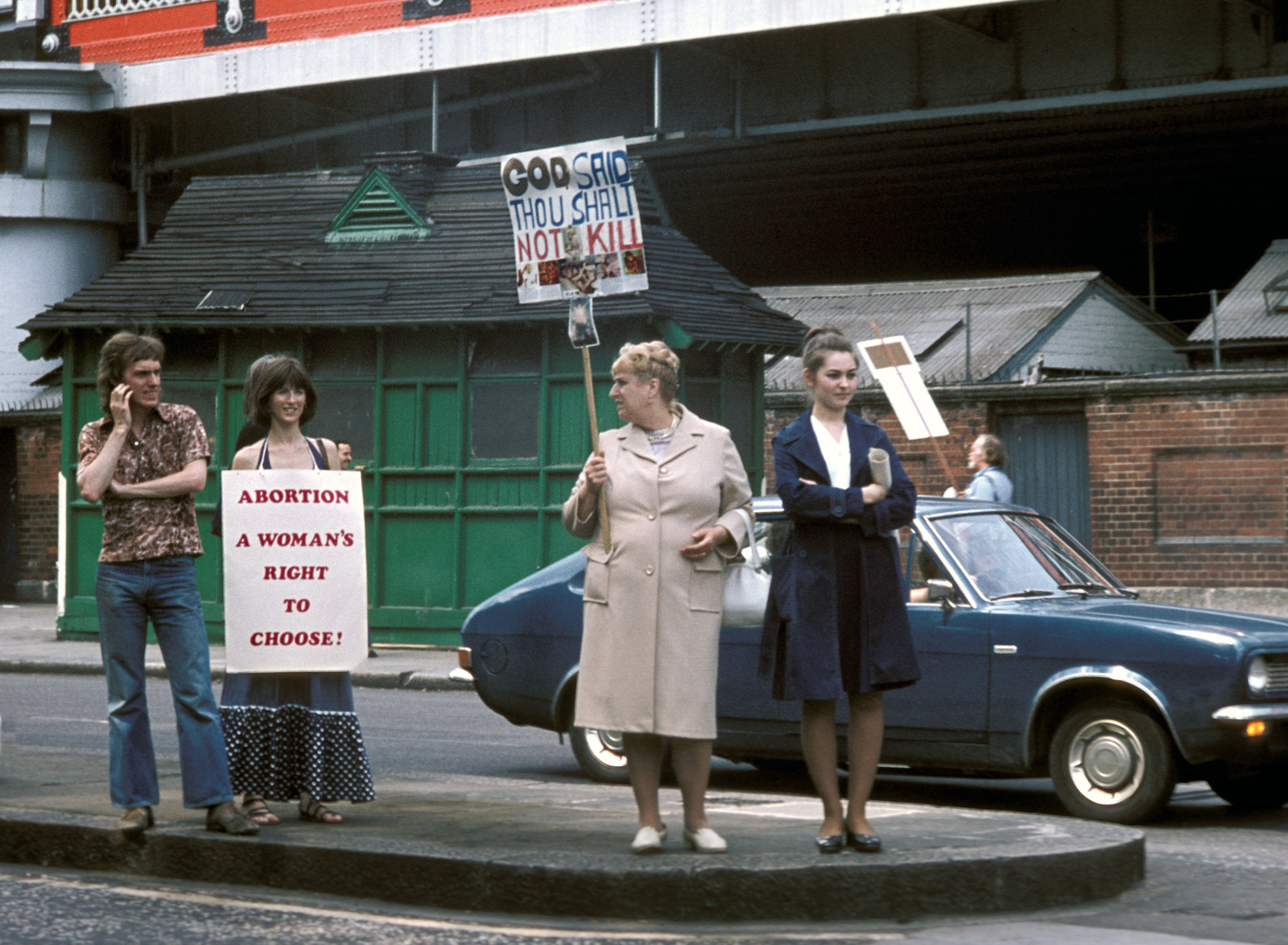
The reaction was the same whenever she spoke publicly about her abortion. “Slowly it came to me that this was the common experience of women,” she continues. “Everywhere I went, women filed up in their tens, twenties, hundreds, and then I realised it was something that was everywhere.”
But outside of the meetings, the subject was still incredibly taboo. “This was the 1960s – people don’t like talking about it now, let alone 50 years ago,” Cossey said.
After years of writing to MPs, and galvanising members of the public into doing the same, when they finally convinced Liberal MP Steel to table the bill, ALRA supporters were regretfully forced to accept several compromises, including requiring the sign-off of two doctors, if they were to have any hope of getting it through parliament.
“At that stage I was just pleased that we got the reform,” Cossey says.
Baroness Joyce Gould, a former Labour party organiser who supported ALRA’s campaign for abortion reform, agrees that an imperfect bill was better than no bill at all. “You were prepared to go along with the wrong premise because actually it was such a major breakthrough,” she tells us.
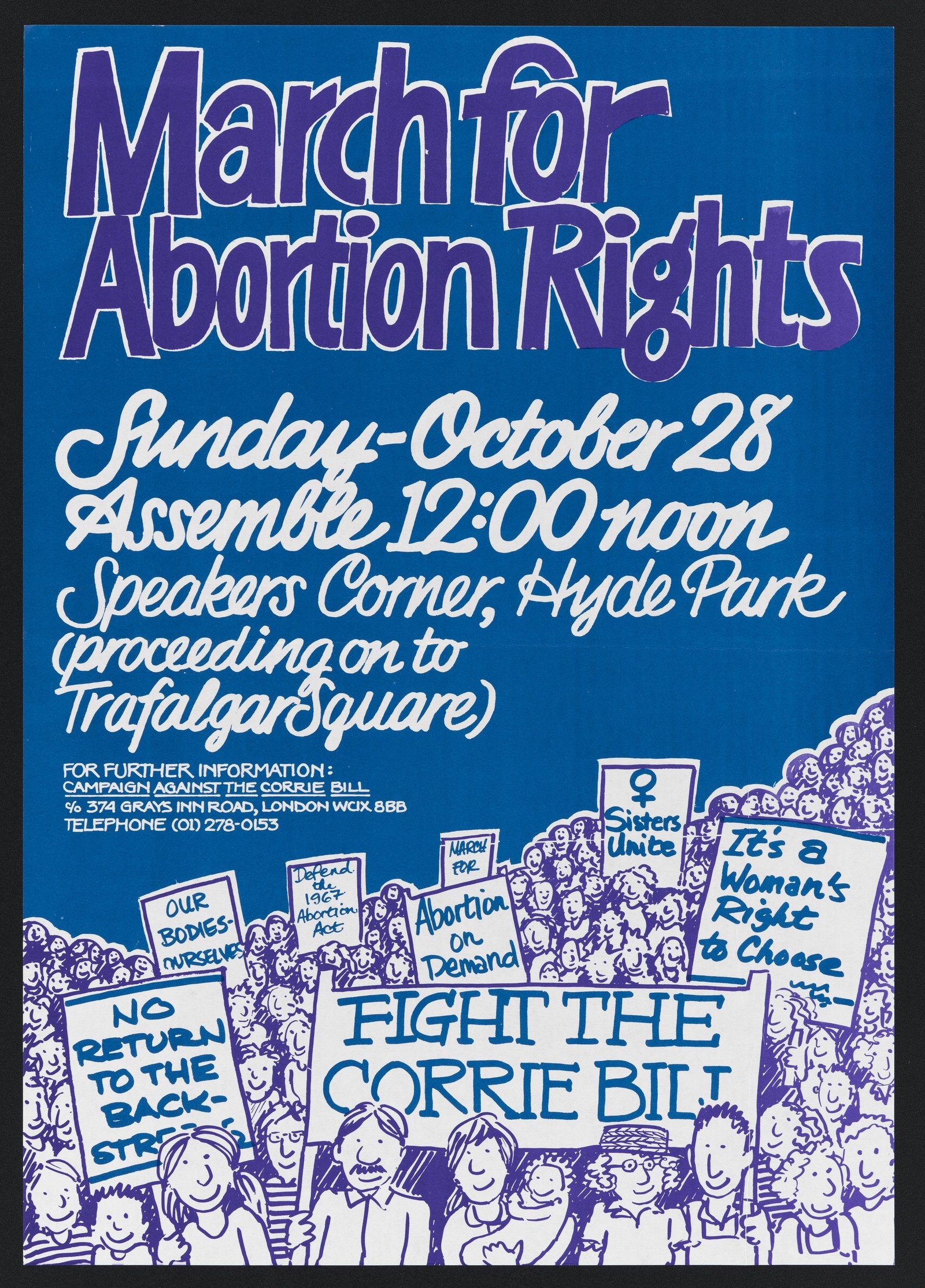
While Gould now believes abortion should be fully decriminalised, she felt that trying to further liberalise the law in its early days would have been dangerous, risking it being forced backwards. “[Full decriminalisation] was possibly seen then as a step too far, and could do so much damage if one tried to introduce a change at that time,” she says.
But 50 years later, campaigners believe it is finally time for change. Munday says it’s a “complete nonsense” that we still have the law, which she had hoped to see passed and then revised shortly after.
“Technology has moved on even more than women’s rights have in this half a century,” she says.
Munday seems particularly frustrated that two doctors still need to sign off the procedure, which gives the woman wishing to end her pregnancy little agency in the matter.
She also expresses regret that abortion can still only take place in designated locations, particularly in light of the modern prominence of medical abortion. “They have made a nonsense of the act that you have to take it on a registered premises,” Munday says.
The World Health Organization considers mifepristone and misoprostol, drugs used in medical abortion, to be incredibly safe and to rarely cause complications, even in countries where the abortion pill has been obtained illegally and therefore with no medical supervision.
Best practice for medical abortion suggests that misoprostol, which causes the uterus to empty, should be taken 24 to 48 hours after mifepristone, which dislodges the uterus's contents from its lining. In many countries, including France, Sweden, and the US, women are allowed to take misoprostol home after obtaining it through a clinic or telemedicine service, and Scotland has just become the first UK country to license misoprostol for home use.
In the UK, women must take both drugs at a registered abortion clinic, and can often begin to bleed heavily as soon as they leave. “As far as the law is concerned a woman can abort a foetus on the pavement outside, in the taxi home, or in a public loo so long as a doctor has watched her swallow the pill,” Munday says.
She also feels that requiring two doctors to be involved in the process of prescribing and administering the pills, rather than extending the right to nurses, midwives, and GPs by decriminalising the procedure, also seems unnecessarily resource-heavy for the NHS, which provides more than 90% of abortions in the UK.
“All it does is comply with the law,” she says. “At my age I’d much rather see the NHS put money into care homes than into having doctors watching someone take a pill.”
The other great compromise campaigners and reformers were forced to make in passing the 1967 Act was Northern Ireland, where abortion remains illegal in almost all circumstances as the amendment that allows abortion in the rest of the UK was never extended there.
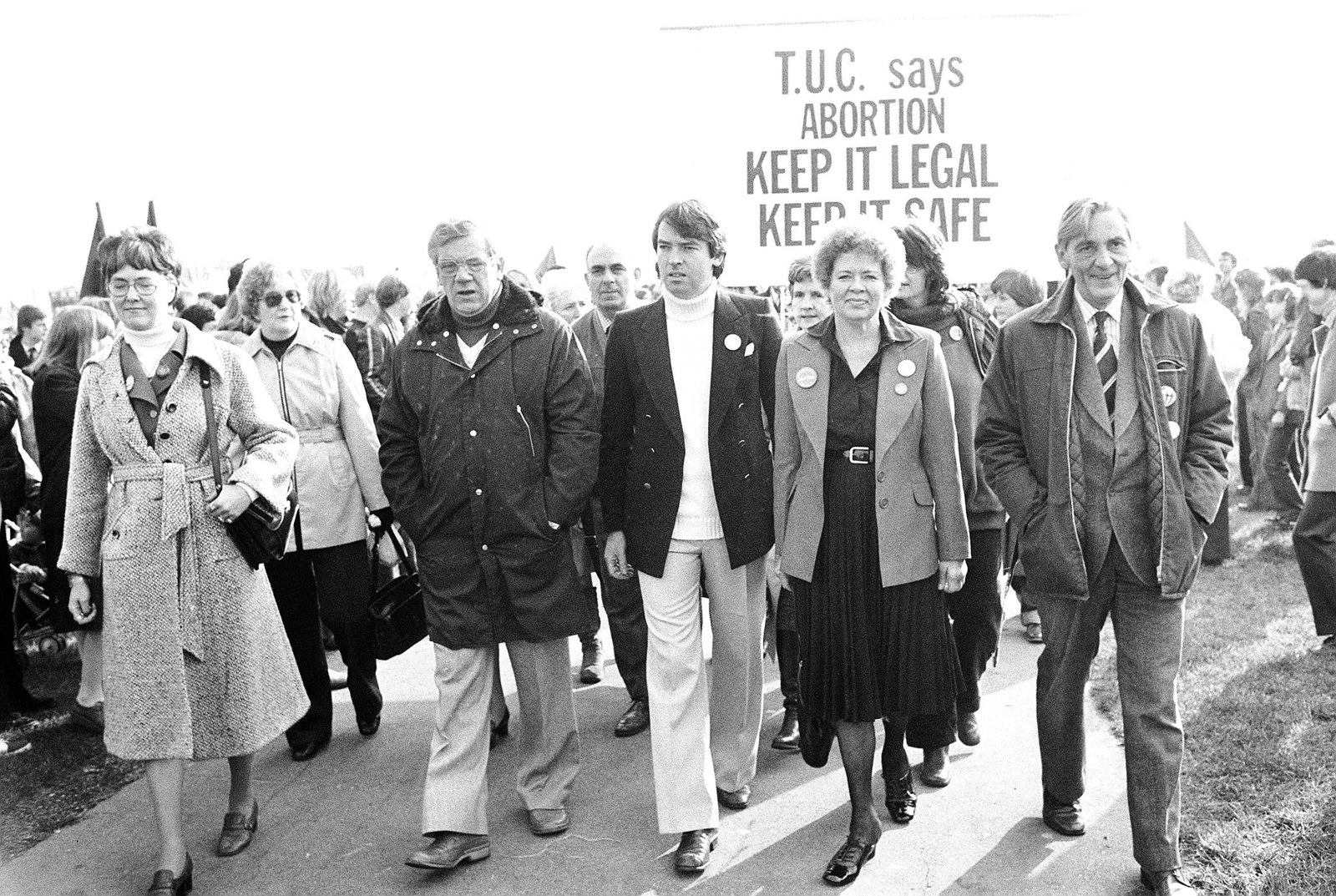
“We’ve been stuck in an absolute time warp for 50 years,” Claire Johnson from the London-Irish Abortion Rights Campaign tells BuzzFeed News. “Everyone’s talking about how the ’67 act isn’t up to date in terms of medical practice or societal change, and we aren’t even at the starting block for that conversation.”
Johnson welcomed the recent move by Westminster to fund abortions for women in Northern Ireland, as well as some travel and accommodation costs for Northern Irish women who undergo the procedure in England, and is hopeful that any liberalisation of the law in the rest of the UK could have a knock-on effect in Northern Ireland. “We have to be encouraged that there is sympathy and solidarity in Great Britain,” she says. But, Johnson adds, there is vehement opposition to abortion law reform among Northern Ireland’s Democratic Unionist Party, which UK prime minister Theresa May reached a deal with after losing her majority in this year’s snap election.
The hardline anti-abortion DUP, which holds a lot of political sway in Northern Ireland, has consistently opposed abortion reform. “It’s actually our own elected representatives that need to be blamed for passing the buck and dodging the issue for 50 years,” Johnson says. “Like in the Republic of Ireland, a big driver for maintaining conservative social attitudes is Catholicism, but in addition Northern Ireland has Protestant unionism. We have an added force to contend with.”
If the abortion law that reformers hoped would be a short-term interim measure in 1967 still hasn’t been reformed half a century later, why should campaigners today be any more hopeful that change could be on the horizon?
“I’m more optimistic about abortion law changing than I have been at any time,” Anne Furedi, who has spent more than 20 years as an abortion rights campaigner, and has run one of the UK’s largest abortion providers, the British Pregnancy Advisory Service (BPAS), since 2003, tells BuzzFeed News.
Furedi believes that the prominence in the media of the lack of abortion rights in Northern Ireland – as well as in the Republic of Ireland, where abortion is also illegal in almost all circumstances – has highlighted the prevailing shortfalls of the law in the rest of the UK, where women often take their rights for granted. Recent polling by the BBC showed that 69% of British adults believed abortion on request, without the consent of two doctors, was fully legal in the UK.
“It’s meant Britain’s been caught in a situation where it’s got an old bit of legislation at a time when people are questioning what’s happening elsewhere,” Furedi says. “It’s raised a question about whether we should be moving on, and what issues it needs to address.”

She also feels that the advancement of medical abortion had been a real game-changer. “What we’re now seeing is increasing evidence that the law as it is at the moment is inhibiting good practice,” Furedi continues.
“Everybody agrees that the abortion pill is the safest and most sensible way for a woman to access early abortion. The law says it can only be provided in a clinic. The obvious place for it to happen is at home.”
This is of particular concern given the rise of the online availability of abortion drugs, which an increasing number of women in the UK have obtained illegally.
“If the government doesn’t provide a law which is fit for purpose, women will find their own way of dealing with it,” Furedi says. “It’s what has always happened with abortion.”
Kerry Abel, chair of the Abortion Rights campaign, the modern-day incarnation of ALRA, is also confident that change could finally be on the horizon.
“I think these things feel impossible until they change,” she says. Like Furedi, Abel believes that the evident rise of women taking abortion into their own hands by buying abortion pills online, particularly in both Northern Ireland and the Republic of Ireland, will be likely to force the government’s hand. “This is a situation that is changing dramatically without anyone paying attention to the law,” she says. “The law catches up with these things and tries to make them legal and safe after the fact.
“That is the tide that’s turning – that it’s so widely talked about that people take abortion pills.”
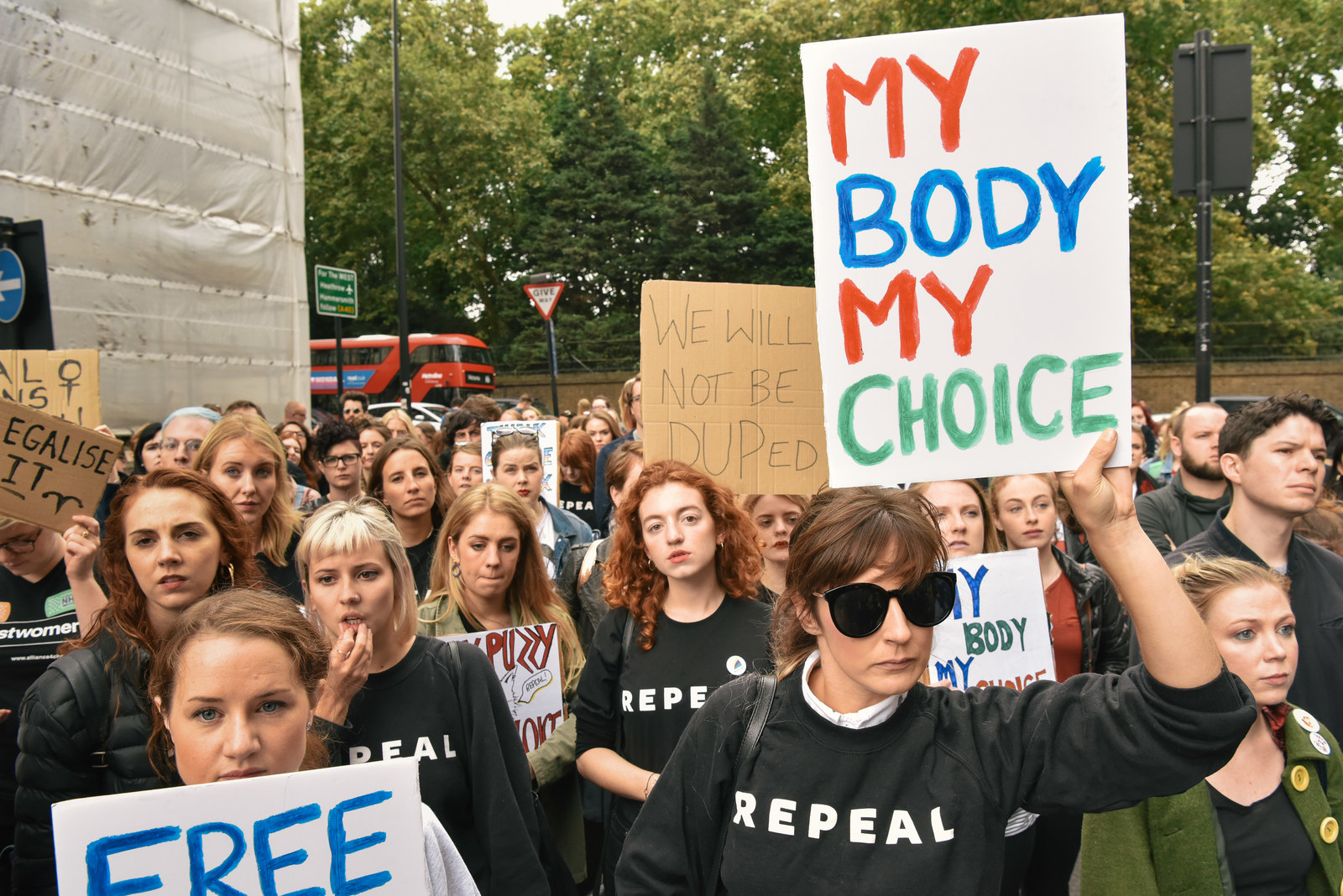
In Westminster, the tide has indeed begun to turn. The amendment tabled by Labour MP Stella Creasy to fund abortions for women in Northern Ireland was swiftly inserted into the government’s legislative programme at the beginning of the new parliament in June, when it appeared that the government would face a defeat if it went to a Commons vote.
Last March, fellow Labour MP Diana Johnson set the wheels in motion for an overhaul of the 1967 act with an abortion decriminalisation bill that passed to the next stage with a vote of 172 to 142, but the subsequent snap general election meant that it fell by the wayside. Johnson, however, who retained her seat in Hull, has a new bill prepared and is currently working to get it on the parliamentary agenda. She is confident that MPs, many of whom hadn’t realised abortion law was so out of date, will support reform.
“Things now are very different to how they were in ’67: I think most MPs would say we don’t want to criminalise very vulnerable women who are making very difficult choices,” Johnson tells us.
The government’s lack of a majority in the House of Commons meant MPs are more willing to work cross-party on social issues, she says, and this provides a unique opportunity to push through reforms that might previously have been considered too controversial. “I think it’s an interesting parliament. Obviously Brexit is dominating everything but I think there is room around the sides of that to do some stuff.”

This week, during a conference to mark the 50th anniversary of the Abortion Act 1967 at the RCOG attended by medics, campaigners, and academics in reproductive rights from around the world, the appetite and drive for imminent change was palpable.
Cossey spoke on a panel, then sat in the audience throughout, admired and revered by the next generation of campaigners. But did she worry some of the younger activists would be sitting there, like her, still fighting for change in another 50 years’ time?
“I do think it will need watching,” she said cautiously. “There will always be people for whom abortion is anathema and who want to try and make it more difficult.
“We have to rely on our old friend eternal vigilance, and that’s quite tiring and quite boring. Somebody has to keep a beady eye on what’s going on.”
